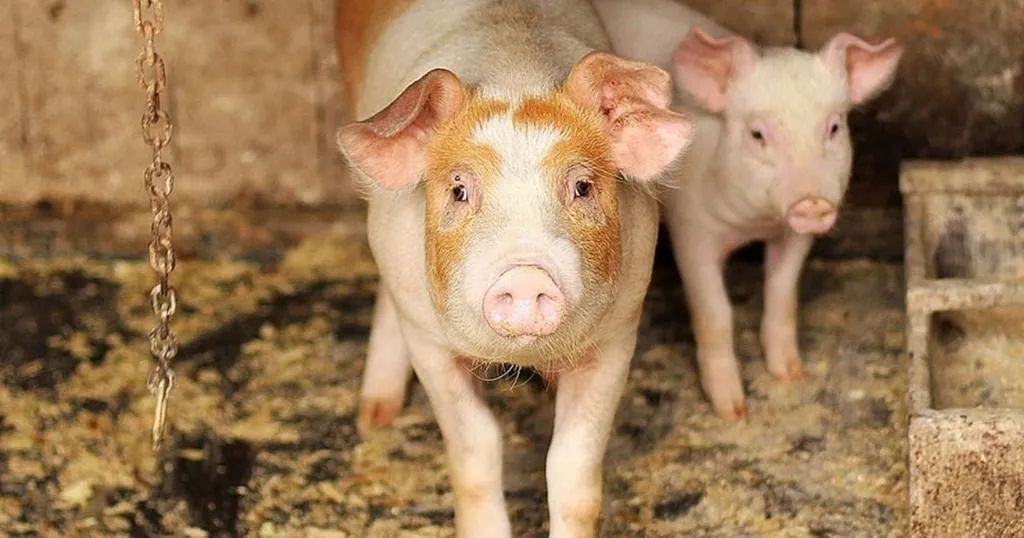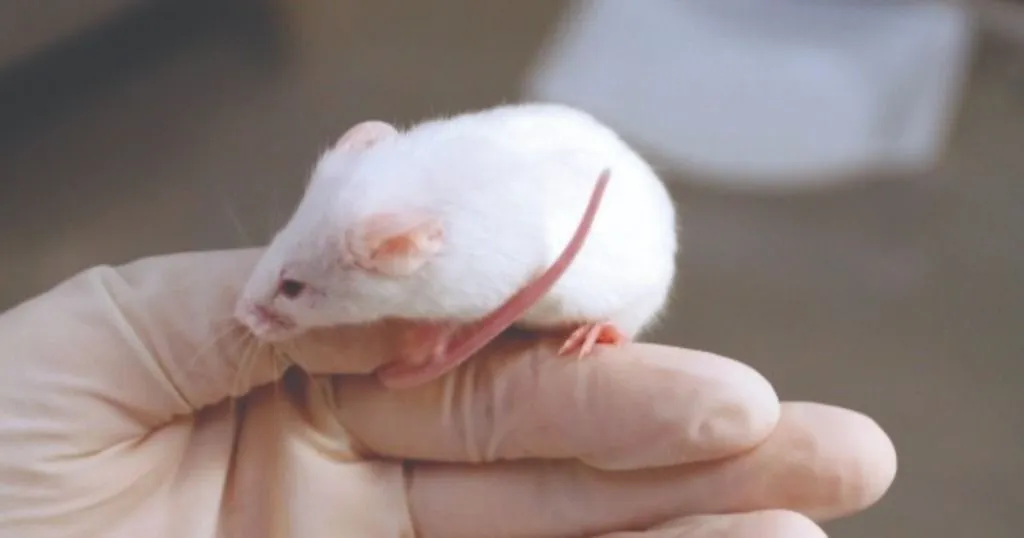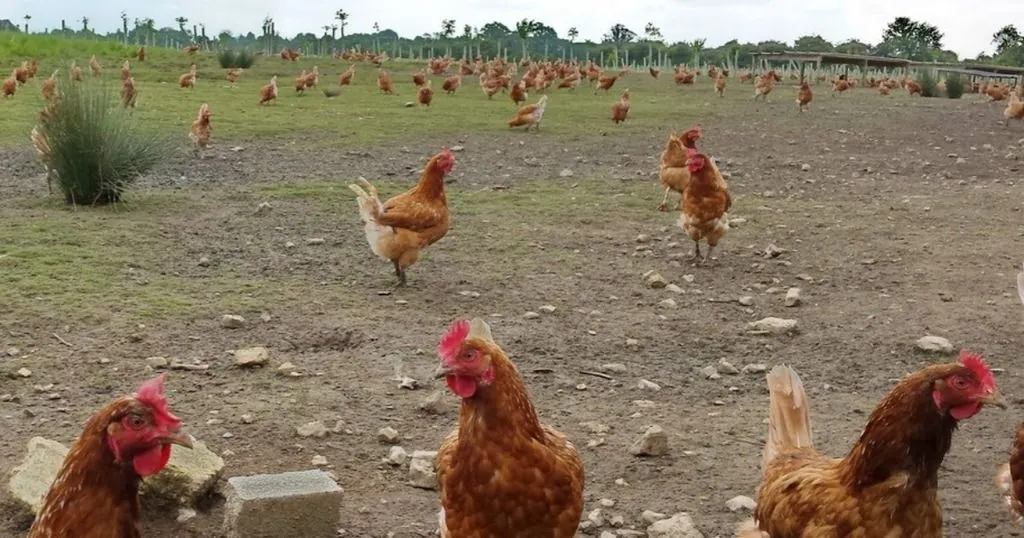How to measure emotions in pigs
A commonly used assay for assessment of fear in animals is the novel environment test.In this test, an animal is placed in an arena for a particular time period and behaviors are scored.
Posted by
Published on
Mon 23 Jun. 2014
Topics
| Welfare | Emotions | EthoVision XT | Pigs | The Observer XT | Video Tracking |

A couple of weeks ago, I wrote about why social pigs do better. This week, one of the researchers in this project, Inonge Reimert explains about the novel object/novel environment test they performed.
Exploring or looking for an escape?
A commonly used assay for assessment of fear in animals is the novel environment test (Forkman et al., 2007). In this test, an animal is placed in an arena for a particular time period and behaviors such as walking, standing, standing alert/freezing, and number of defecations and vocalizations are generally scored. Although these behaviors can provide insight into how fearful an animal was during the test (e.g. Boissy, 1995; Manteuffel et al., 2004; Mendl and Paul, 2004), they also may lead to confusion in this respect.
For example, if an animal is found to be very mobile, does this indicate that the animal is not fearful and merely exploring the arena, or does it indicate that the animal is looking for an escape and is thus afraid (Rutherford et al., 2012)?
Why use video tracking in emotion research?
For a clearer picture of an animal’s fear-reactivity in the novel environment test, the EthoVision software of Noldus Information Technology BV seems very promising. This software can track an animal’s location in the arena which results in ascertaining very interesting patterns (see figure) that, for example, could help in deciding whether an animal is simply walking or pacing.
Pacing animals are more likely to have the desire to escape the arena than non-pacing animals, or they may experience increased levels of stress (Mason et al., 2007). Moreover, the software can calculate the minimum and maximum velocity and the total distance travelled. Such parameters give much more information than just having the walking duration or the percentage of time spent walking.
Reducing data using principal component
In a study of my colleagues and myself (Reimert et al., 2014), pigs were subjected to such a novel environment test for 10 minutes. After 5 minutes a bucket was lowered from the ceiling and left in the arena for the remaining 5 minutes. In this study, more common parameters, such as those mentioned above, were scored, but with EthoVision we also tracked the pig’s locomotion before and after the addition of bucket. In addition, the arena was divided into different zones such as a zone around the entrance and a zone around the bucket.
Although having so many parameters to work with was great, during the writing process of the article, it became clear that not all of the results of all parameters could be shown one by one as that made the article too complex and too long. As a solution the number of parameters were reduced with a principal component analysis (e.g. Juul-Madsen et al., 2010).
Hopes for the future
Although this worked fine for the article, it unfortunately did not include the additional parameters for analysis provided by EthoVision XT. Fortunately, a Graduate student became excited about this subject as well and from September onwards she will study these EthoVision XT parameters more closely. Hopefully this will lead to further insight into the behavior of animals in the novel environment test.
References
- Forkman, B.; Boissy, A.; Meunier-Salaün, M.; Canali, E.; Jones, R.B. (2007). A critical review of fear tests used on cattle, pigs, sheep, poultry and horses.Physiology & Behavior, 92, 340-374.
- Boissy, A. (1995). Fear and fearfulness in animals. Quarterly Review of Biology, 70, 165-191.
- Juul-Madsen, H.R.; Jensen, K.H.; Nielsen, J.; Damgaard, B.M. (2010). Ontogeny and characterization of blood leukocyte subsets and serum proteins in piglets before and after weaning.Veterinary Immunology and Immunopathology, 133, 95-108.
- Manteuffel, G.; Puppe, B.; Schön, P.C. (2004). Vocalization of farm animals as a measure of welfare. Applied Animal Behaviour Science, 88, 163–182.
- Mason, G.; Clubb, R.; Latham, N.; Vickery, S. (2007). Why and how should we use environmental enrichment to tackle stereotypic behaviour?Applied Animal Behaviour Science, 102, 163-188.
- Mendl, M.; Paul, E.S. (2004). Consciousness, emotion and animal welfare: insights from cognitive science. Animal Welfare, 13, S17-25.
- Reimert, I.; Rodenburg, T.B.; Ursinus, W.W.; Kemp, B.; Bolhuis, J.E. (2014). Responses to novel situations of female and castrated male pigs with divergent social breeding values and different backtest classifications in barren and straw-enriched housing. Applied Animal Behaviour Science, 151, 24– 35.
- Rutherford, K.M.D.; Donald, R.D.; Lawrence, A.B.; Wemelsfelder, F. (2012). Qualitative behavioural assessment of emotionality in pigs. Applied Animal Behaviour Science, 139, 218-224.
Thanks to Inonge Reimert for telling us about her research.
Related Posts

The effects of parasitic infections on learning and memory in mice

ChickenStress project

